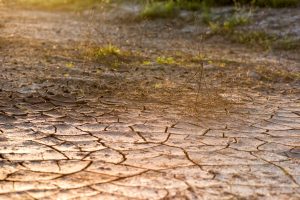Commodity and Specialty Crop Producers Impacted by Natural Disasters to Receive $6 Billion from USDA
Written by Caleb Nelson on May 25, 2022
The U.S. Department of Agriculture (USDA) recently announced that commodity and specialty crop producers who were affected by natural disaster events between 2020 and 2021 will begin receiving emergency relief payments. The total approximate value of this relief is set at around $6 billion dollars through Farm Service Agency’s (FSA) new Emergency Relief Program to offset crop yield and value losses.
“For over two years, farmers and ranchers across the country have been hard hit by an ongoing pandemic coupled with more frequent and catastrophic natural disasters,” Agriculture Secretary Tom Vilsack says.
“As the agriculture industry deals with new challenges and stressors, we at USDA look for opportunities to inject financial support back into the rural economy through direct payments to producers who bear the brunt of circumstances beyond their control. These emergency relief payments will help offset the significant crop losses due to major weather events in 2020 and 2021 and help ensure farming operations are viable this crop year, into the next growing season and beyond,” Vilsack remarks.
President Biden, on September 30th, 2021, signed into law the “Extending Government Funding and Delivering Emergency Assistance Act (P.L. 117-43)”, which allocates $10 billion in assistance to agricultural producers impacted by droughts, hurricanes, wildfires, winter storms, and other disasters experienced during the calendar year 2020 and 2021.
FSA recently issued these relief payments to ranchers dealing with the aftermath of disaster events through the “first phase” of the Emergency Livestock Relief Program (ELRP). Phase one of the program targets losses suffered to crops, trees, vines, and bushes. Crops eligible for coverage include all crops that couldn’t be covered by the Noninsured Crop Disaster Assistance Program (NAP). Other qualifying natural disasters include floods, excessive heat, excessive moisture, freeze, and derechos.
Any producers who receive ERP “phase one” payments are statutorily required to purchase crop insurance and or NAP coverage where crop insurance is unavailable.
The second phase or “phase two” of both ERP and ELRP programs will cover producers who didn’t participate in or receive payments through the existing programs being leveraged in phase one. The USDA aims to keep producers and stakeholders informed as additional program details are made available. For help with qualifying information, producers should use the Disaster Assistance Recovery Tool.


